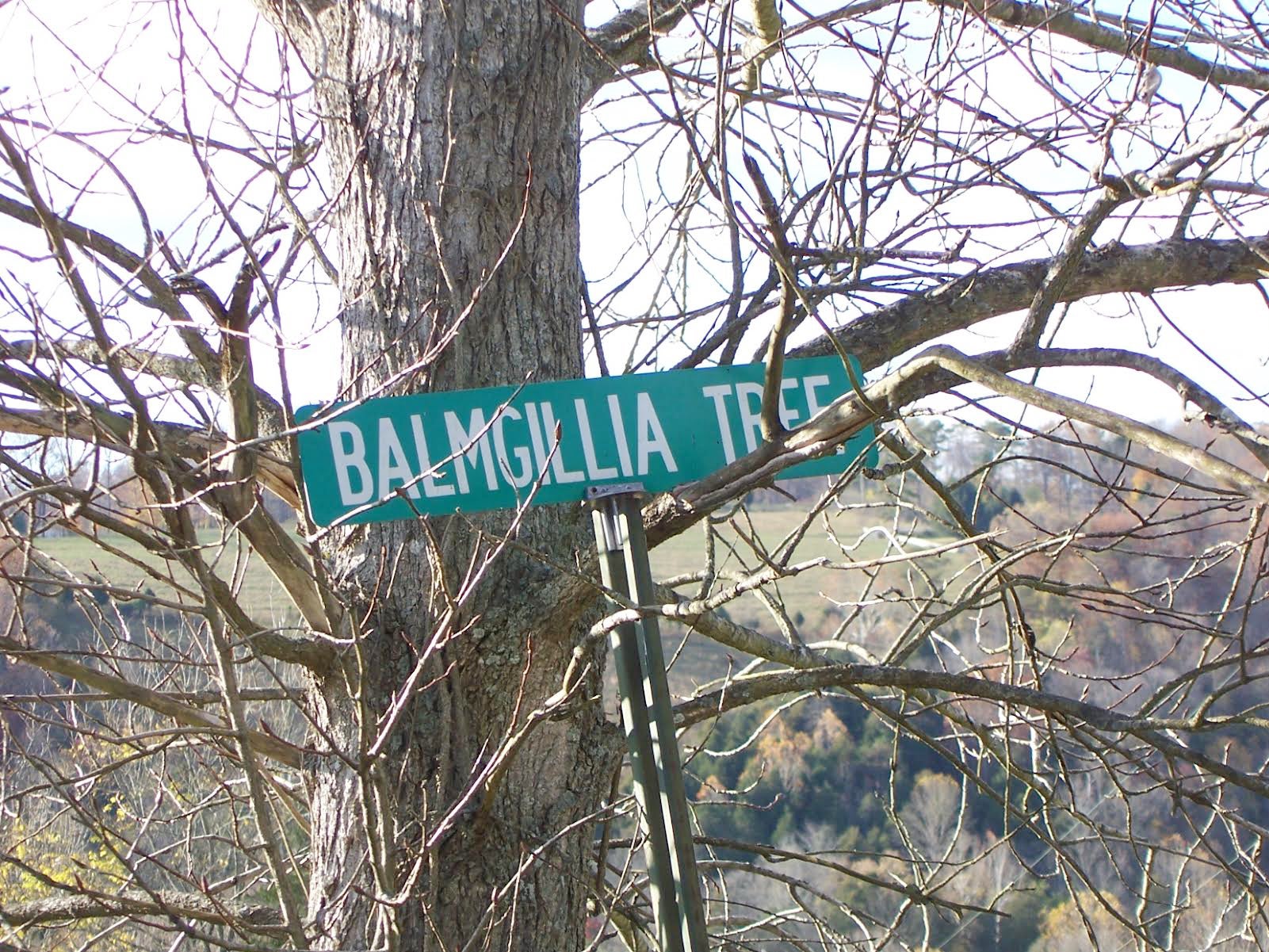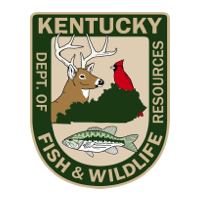Getting to the bottom of ‘Balm in Gilead’
Published 4:20 pm Monday, June 5, 2023

- Balm of Gilead is a traditional medicinal of the mountains that has several name variations. Photo by Steve Roark
By STEVE ROARK
Contributing columnist
Perhaps you have heard Balm of Gilead mentioned in a church sermon, read it in the Bible, or perhaps through listening to the old spiritual hymn: “There is a Balm in Gilead”. As a student of medicinal plants, I learned of a tree being used in Appalachian folk medicine. So let me see if I can link together all these references.
Let’s start with the basics: a “balm” is a medicinal ointment that sooths and heals wounds or other bodily hurts. Balms were also used as a preservative, which is where the word “embalming” got its name. Gilead was a region in ancient Palestine that was known for producing medicines (especially balms) and shipping them to Egypt and Israel.
There were several plants in Gilead from which resins could be collected and made into a balm. There are several Biblical references to Gilead, but the most famous one is Jeremiah 8:22: “Is there no balm in Gilead? Is there no physician there? Why is there no healing for my people?”
Here Gilead is used metaphorically to make the point that even in a place known for its healing abilities, there was no man-made cure for Israel’s spiritual illness of rebellion and sin. The old hymn however emphasizes that there is a balm in Gilead, at least now, through the healing power of Christ: “There is a balm in Gilead, to make the wounded whole; There is a balm in Gilead, to heal the sin sick soul.”
Which now brings me to the tree itself.
There is a tree native to the northern states and Canada called balsam poplar (Populus balsamifera). Balsam refers to an aromatic, resinous substance derived from plants. In balsam poplar, it’s in the large winter buds that are very sticky and have a strong odor that reminds me of, well, medicine. It’s like opening one of those old-time salves in the round tin containers, like Dr. Sayman’s Healing Salve or some such. And it turns out that the resin of the tree contains salacin, a chemical like acetylsalicylic acid, better known as aspirin. It’s use as an ointment for healing wounds goes all the way back to the Native Americans, who later shared it with pioneer settlers. A tea made from the buds was also used as a wash for inflammation, sprains and muscle strains.
Because of its notoriety as a source of medicine, the tree was also given the name Balm of Gilead, which is what it is known as here in the mountains, along with other variations such as balmgillia, bamagilly and bamgillia.
Steve Roark is a volunteer at Cumberland Gap National Historical Park.






